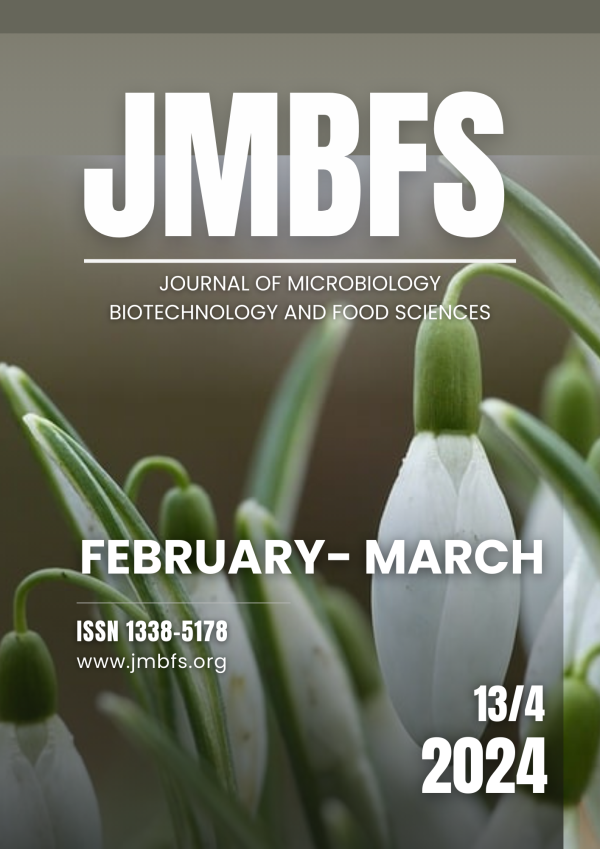ISOLATION, CHARACTERIZATION OF Β-SITOSTEROL FROM THE HERBAL EXTRACTS AND EVALUATION OF IN VITRO ANTI-OXIDANT AND ANTI-DIABETIC ACTIVITIES
DOI:
https://doi.org/10.55251/jmbfs.10236Keywords:
Cyperus rotundus, Tinospora cordifolia, Isolation, Characterization, Anti-oxidant activity, Anti-diabetic activityAbstract
Plants naturally produce phytochemicals, physiologically active chemical compounds that serve as a natural defence mechanism and have considerable potential for treating a wide range of ailments. Cyperus rotundus and Tinospora cordifolia are the potent traditional herbs used in Ayurveda medicine, especially for diabetes. The current study aimed to isolate and characterize the bioactive compound β-sitosterol from the combined ethanolic extracts of the rhizome of Cyperus rotundus (C. rotundus) and the stem of Tinospora cordifolia (T. cordifolia). Furthermore, the in vitro antioxidant and anti-diabetic activities of isolated compounds are tested by DPPH assay, alpha amylase inhibition assay, alpha glucosidase inhibition assay and glucose uptake activity in 3T3L1 cells. The combined ethanolic extract of both medicinal plants was initially subjected to column and preparative thin layer chromatography for the isolation of bioactive compounds, followed by their characterization by spectral methods like UV, FT-IR, 1H and 13C NMR. The structure of the isolated compound is identified as β-sitosterol and further confirmed by structural elucidation. Similarly, the isolated compound β-sitosterol exhibited higher antioxidant scavenging activity of 64.54±1.38 µg/ml against DPPH at a concentration 100µg/ml. The study also confirmed that β-sitosterol showed good inhibitory activities towards alpha-amylase (62.21±1.25 µg/ml) and alpha-glucosidase (65.48±1.47 µg/ml). β-sitosterol showed significantly increased glucose uptake (28% at 100μg/ml). Based on the conclusion that the organic compound β-sitosterol exhibited good antioxidant and anti-diabetic efficacy, it could have been used in the treatment of free radical disease and can be utilized in the management of diabetes mellitus.
Downloads
Downloads
Published
How to Cite
Issue
Section
License
Copyright (c) 2023 Gomathi S, Maneemegalai S

This work is licensed under a Creative Commons Attribution 4.0 International License.
All papers published in the Journal of Microbiology, Biotechnology and Food Sciences are published under a CC-BY licence (CC-BY 4.0). Published materials can be shared (copy and redistribute the material in any medium or format) and adapted (remix, transform, and build upon the material for any purpose, even commercially) with specifying the author(s).





